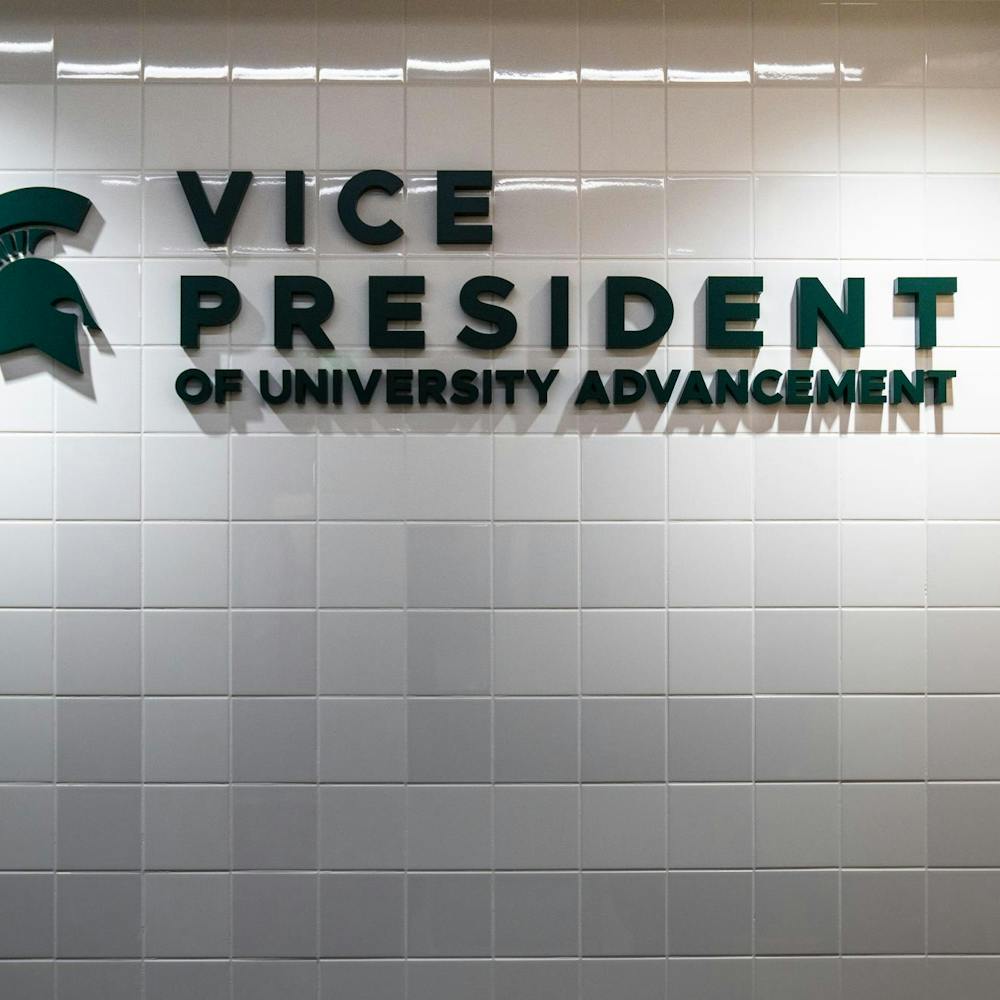MSU Professor Robert Stein’s research has taken him to a place where no men have gone before.
Through a computer-based program, Stein, a professor of physics and astronomy, is able to simulate what happens on the surface of the sun.
“I have always been interested in the dynamics of the surface of the sun,” Stein said. “And what we are trying to do here is make a model of the region closest to the surface.”
The computer program, able to calculate reactions that take place on the sun with advanced accuracy, is the first of its kind, he said.
“Basically, we’re studying the fundamental laws of mass, motion and energy,” Stein said. “Once we’ve modeled the convection, we can use it to study many different things.”
Convection is the process in which hot air rises and cool air circulates down to the surface, he said.
“The sun vibrates sort of like a bell or an organ pipe or like the waves earthquakes produce here on earth,” he said. “We are studying those vibrations because they help us probe what the structure of the sun is below the surface.”
Scientists around the world are now using Stein’s technique to probe the surface of the sun, he said. The computer program gives researchers a much more detailed picture of the surface and the reactions that occur underneath the surface.
“When you look through a telescope things get blurred because you have to look through the atmosphere,” Stein said. “In the simulations the pictures are much sharper.”
Stein was initiated as a member of the Norwegian Academy of Science and Letters for his work on the program.
“This project is fascinating to me because I like to understand things,” he said. “That’s one of the joys of teaching, you get to explore things that you wouldn’t get to normally.”
Lynn Redding Carlson an astrophysics and philosophy senior, has been working with Stein for more than two years on this program.
“Understanding how the sun works will help us to understand not only what the sun can do for us, but it will also help us learn how stars in general work,” Carlson said. “And that will help us understand the universe as a whole a little better.”
Eugene Capriotti, associate chair of astronomy, said Stein’s program for exploring the sun is extremely important to the scientific community.
“Small changes in the sun can affect the earth’s climate severely,” Capriotti said. “What we don’t know for sure is exactly how to predict what changes in the sun we might expect, and how they will affect the earth.”
Stein’s program puts a new spin on solar research, he said.
“We have to change our attitude to monitor not only our own activities, but to anticipate long-term changes in the sun,” Capriotti said.
“Because we can’t control the sun, we have to study it,” he said. “The sun is the single most important object to the fate of the earth.
“If we don’t know what to expect, we could be at its mercy.”






